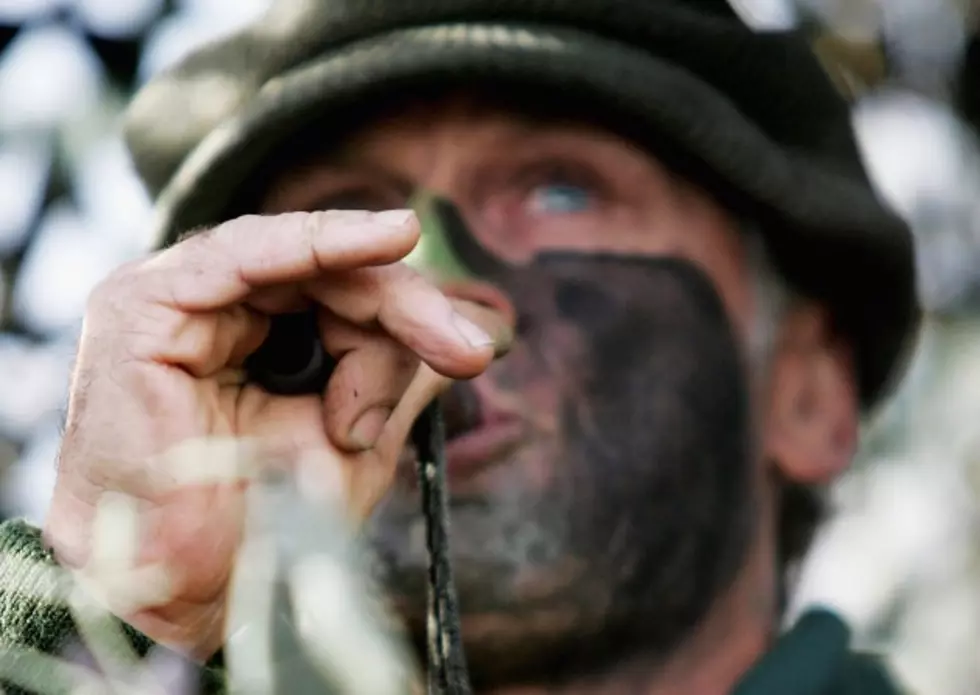
Minnesota Department Of Natural Resources Announce Changes to Big, Little Rice Lakes Benefitting Waterfowl
Changes that the Minnesota DNR made are beginning to be rewarded. It’s been about two years since the Department of Natural Resources designated Little Rice Lake in St. Louis County as a state game refuge, and more recently made Big Rice Lake nonmotorized for part of the year, but already the changes appear to be improving the number and diversity of waterfowl species using the two lakes.
The designations were intended to protect breeding waterfowl and their broods from disturbance before the waterfowl season, and to provide secure feeding and resting habitat for migratory waterfowl during the waterfowl season.
Tower DNR and 1854 Treaty Authority staff continue to monitor waterfowl use through weekly surveys during the fall or waterfowl season on Little Rice Lake. Results from the first two years of surveying have shown waterfowl numbers increasing throughout the season and peaking in late October, just before freeze-up.
Survey numbers peaked at slightly more than 600 ducks in 2012, the first year as a refuge, to nearly 5,000 in 2013, the first year with both the state game refuge and Big Rice Lake nonmotorized status implemented.
Hunters and other public users also see improvement. Input from a February 2014 public meeting and paper surveys gathered from those who were unable to attend indicated 92 percent of respondents agreed waterfowl hunting has improved on Big Rice Lake as a result of the changes.
The following opinions are from 11 of those who said they hunt waterfowl on Big Rice Lake.
- 82 percent indicated that they hunt waterfowl on Big Rice Lake throughout the entire season, with 54 percent hunting anywhere between 11-20 days during the season.
- While 67 percent of these individuals felt hunting pressure has increased on Big Rice Lake in the past two years, 25 percent felt it is unchanged, and 8 percent thought pressure has decreased during that time.
- Regardless of the time spent hunting Big Rice Lake, most participants (92 percent) felt that waterfowl hunting has improved as a result of both the state game refuge designation and the nonmotorized changes.
Hunters noted that effects of the refuge were positive and evident in the first year. They saw an increase in species diversity and abundance while witnessing larger undisturbed flocks spending more time on the lake. These changes were likely a combined outcome of factors including, but not limited to, the near-by refuge, local food availability, level of area disturbance, number of hunters, and waterfowl migration numbers throughout the season.
“Our ultimate goal is to increase the number of migratory waterfowl using the area and improve the quality of the waterfowl season,” said Dawn Plattner, Tower area assistant wildlife manager. “The changes appear to be moving us in that direction, but we need to give it some time to see how hunting pressure, wild rice crops and other variables impact how the birds respond to the refuge.”
A five-year sunset clause was implemented as a means of vacating the refuge designation if the public felt that it was not serving its intended purpose.
As a state game refuge, Little Rice Lake is closed to hunting and trapping from Sept. 1 through Nov. 25 each year. The refuge, which includes the lake and forest bog perimeter, is about 288 acres.
Big Rice Lake, located just southwest of Little Rice Lake, was designated nonmotorized at the beginning of last years’ waterfowl opener. That change meant that motorized surface use was restricted to watercraft with electric trolling motors only from June 15 until November 25.
More From B105









